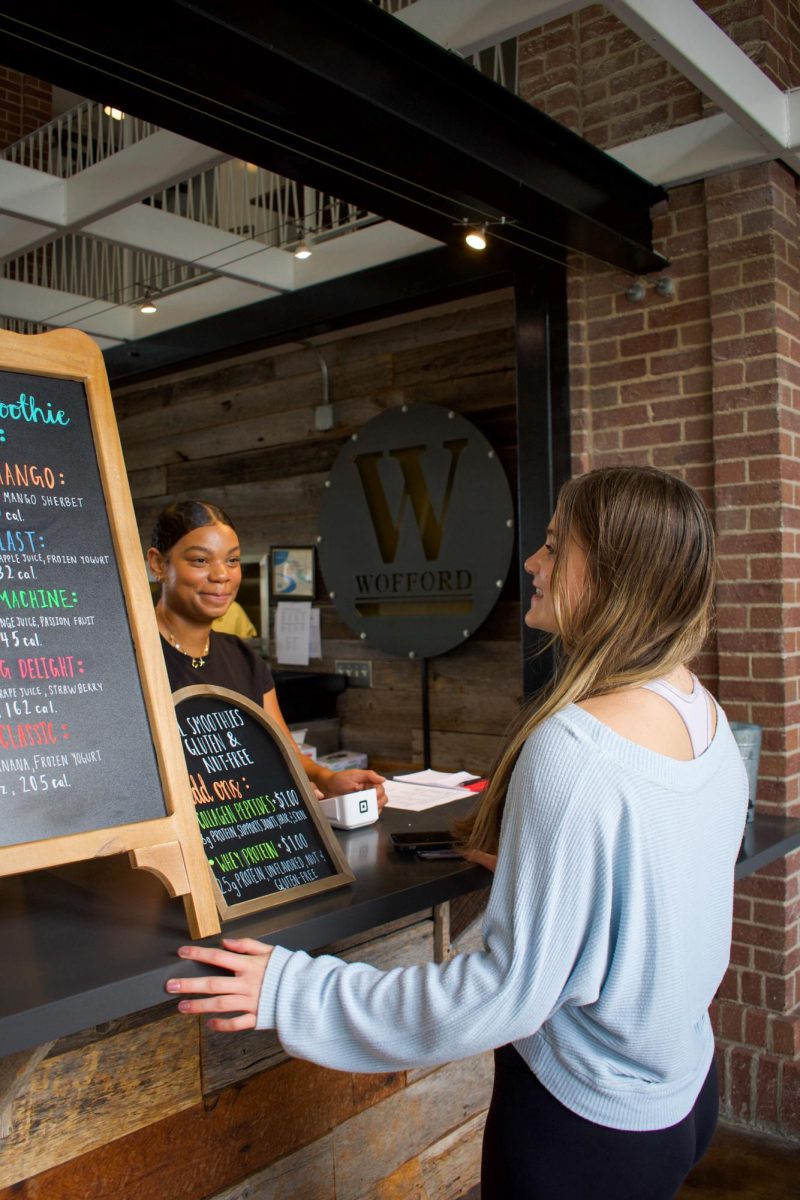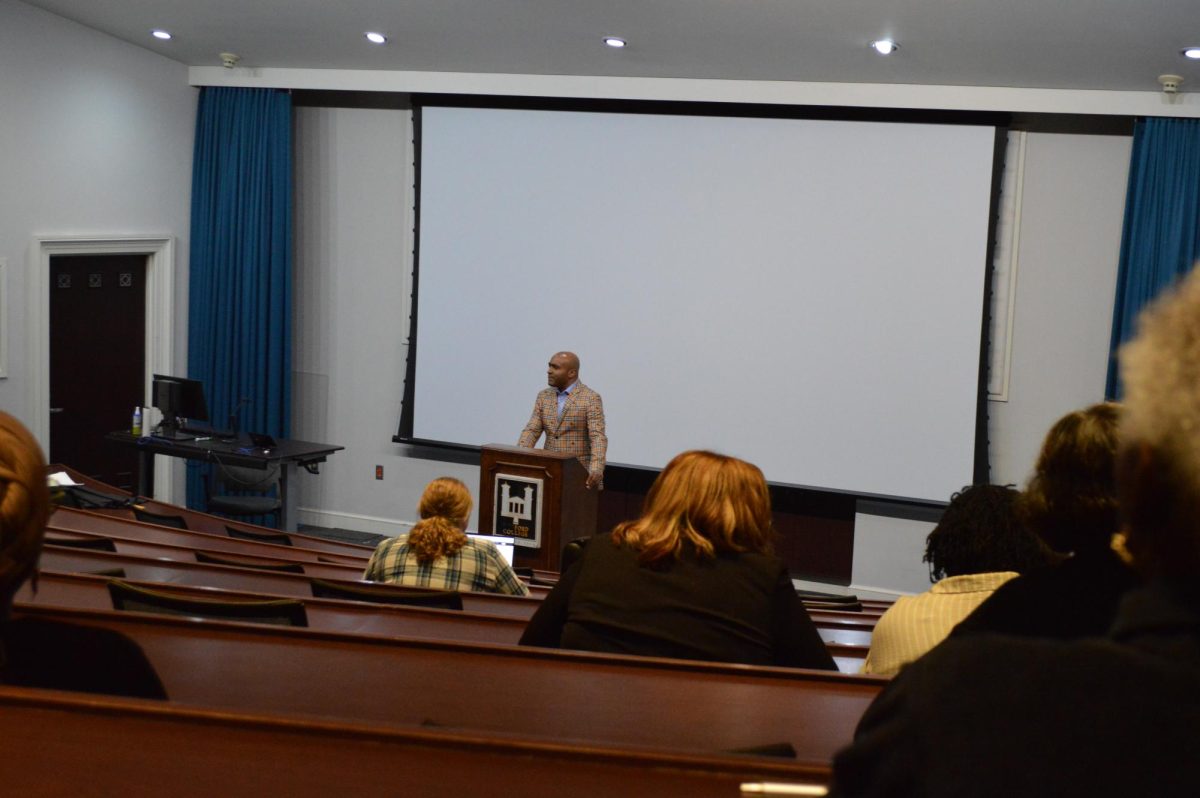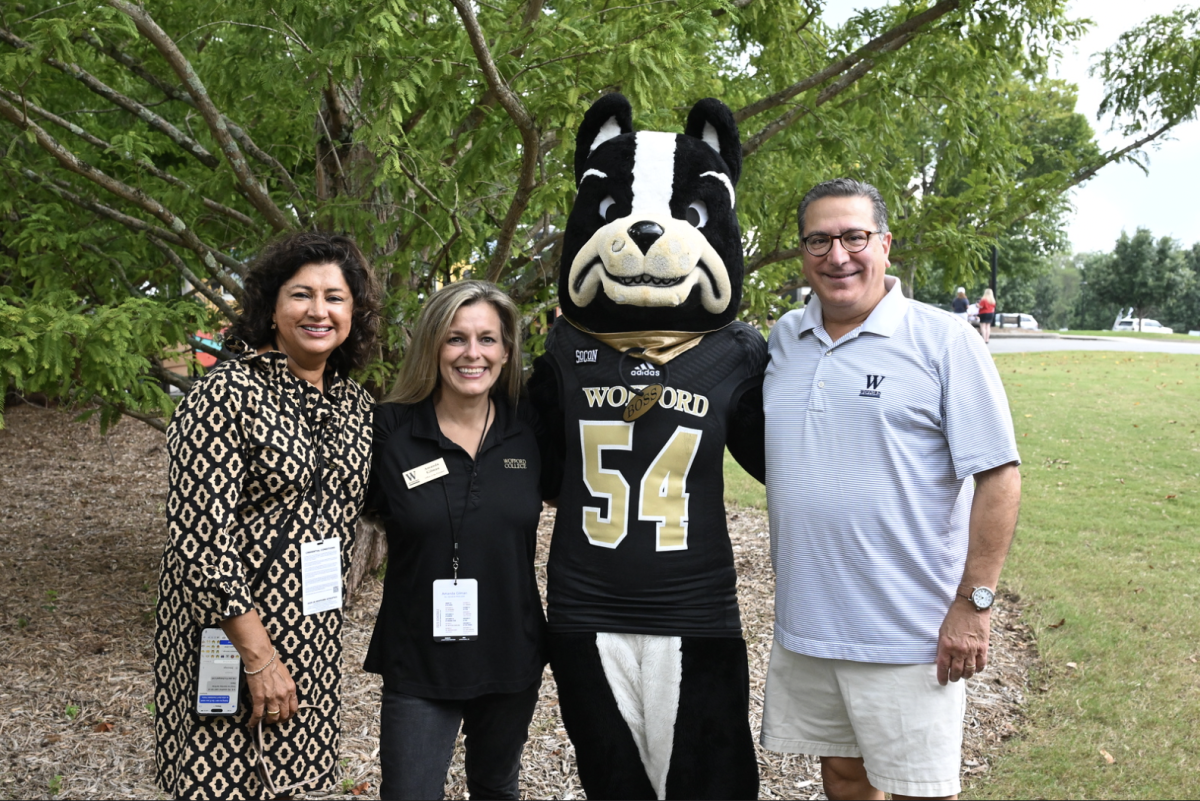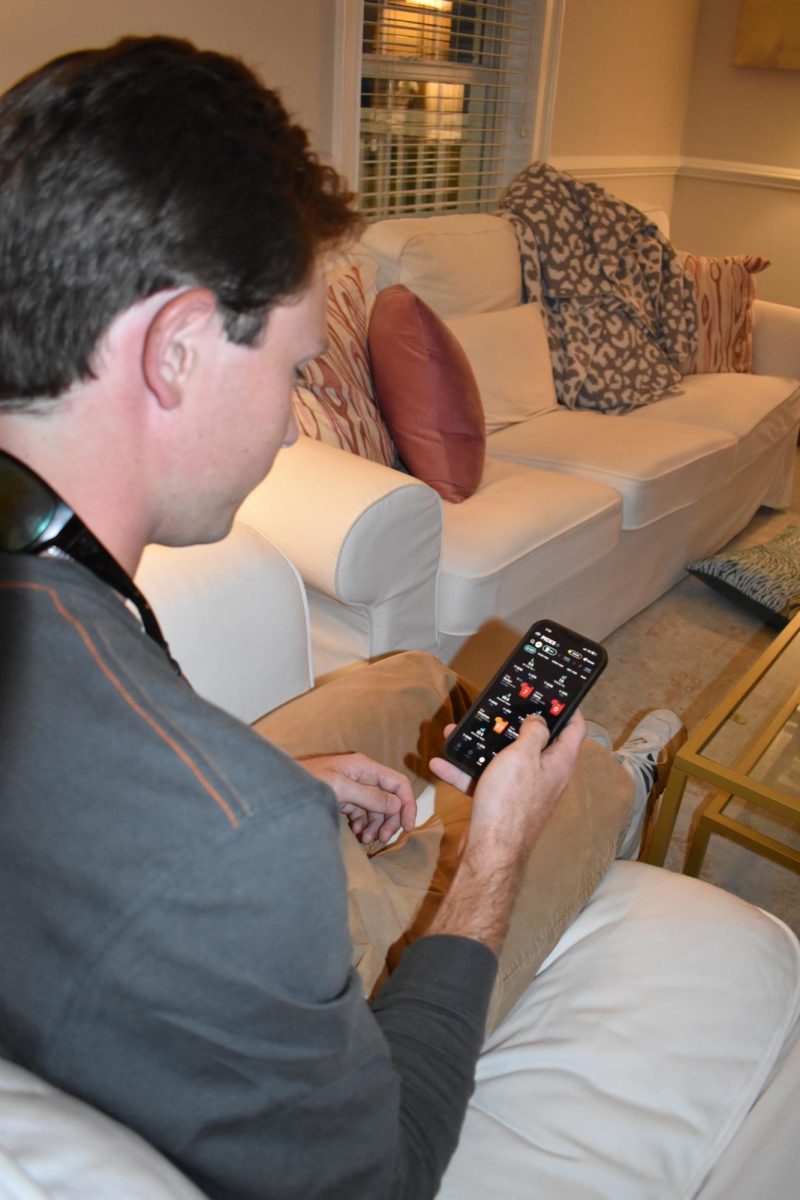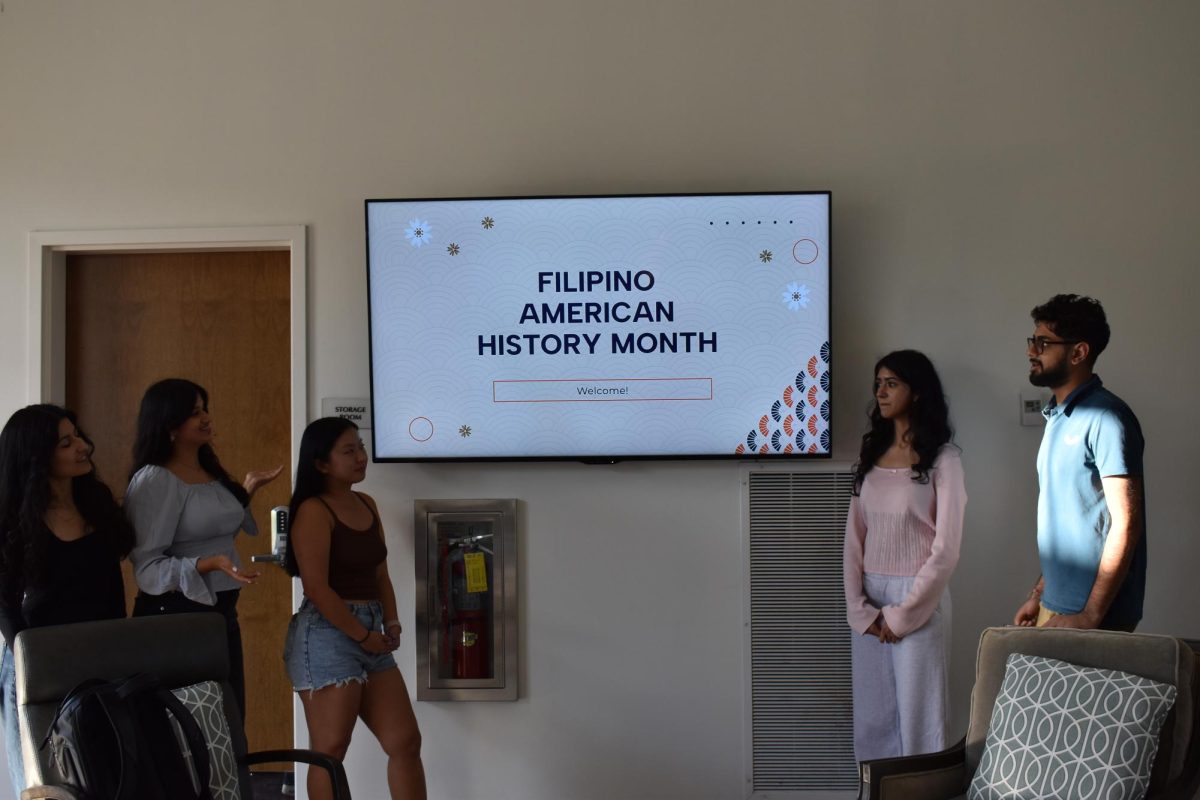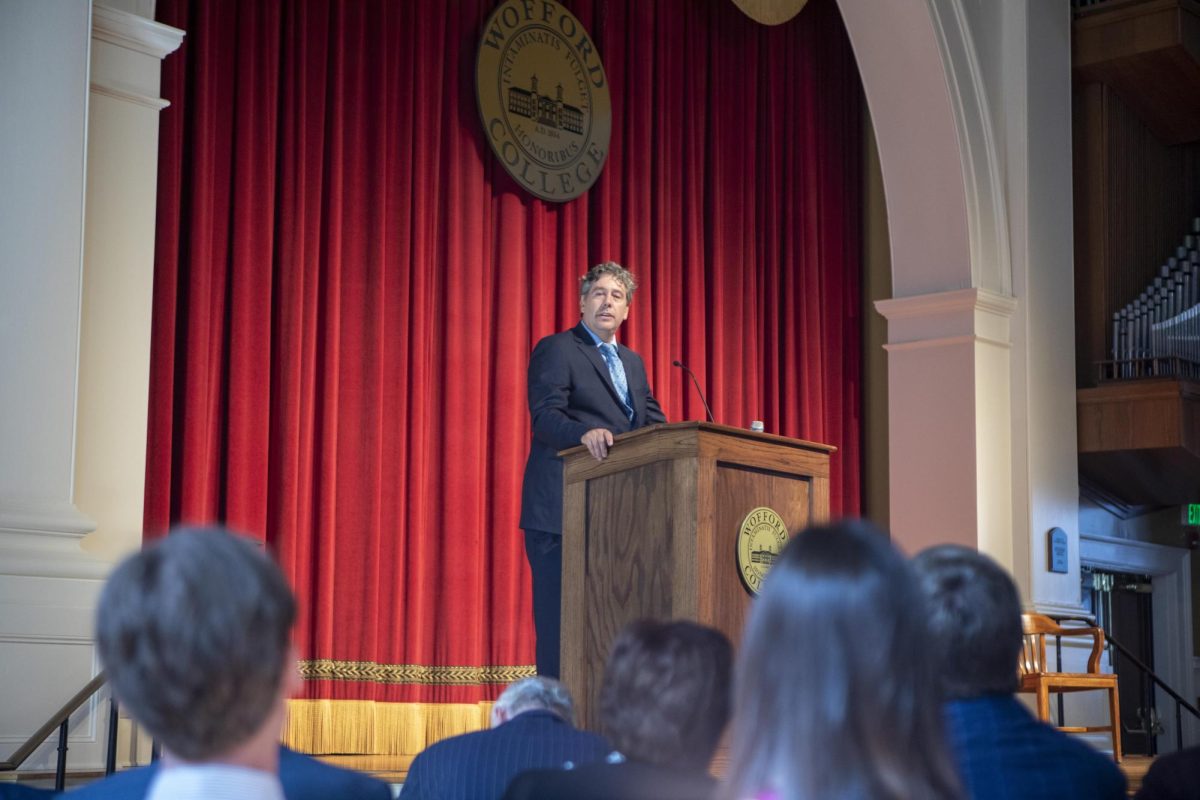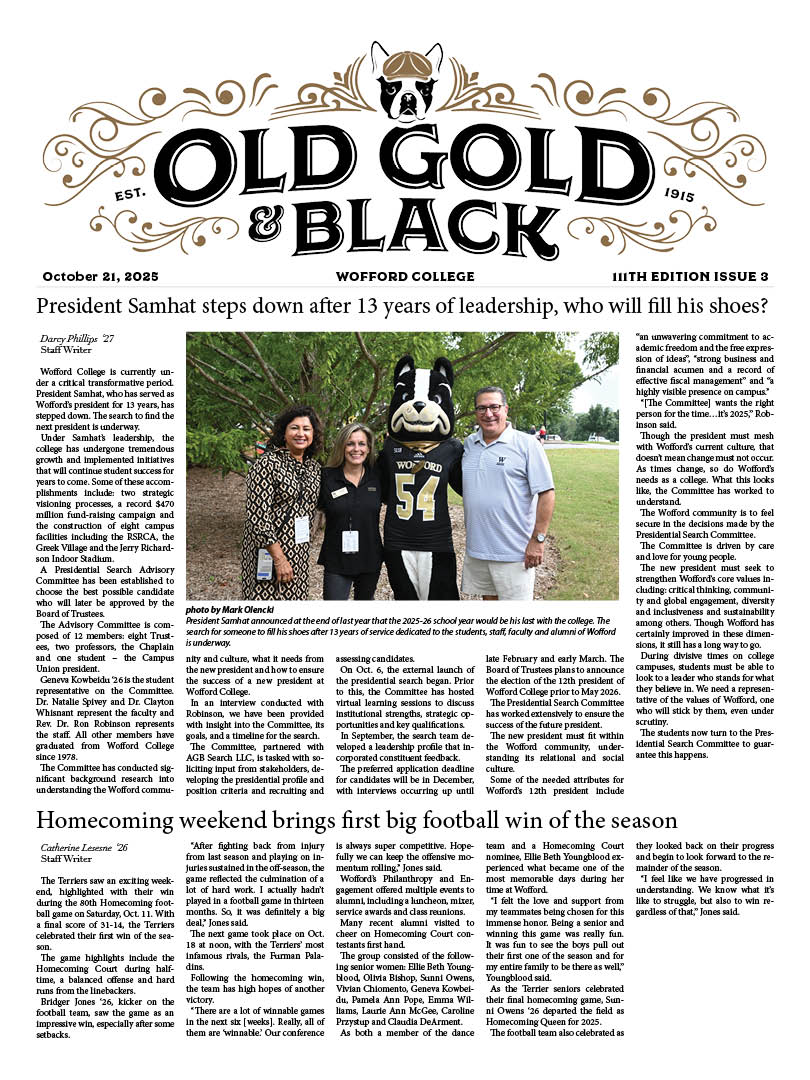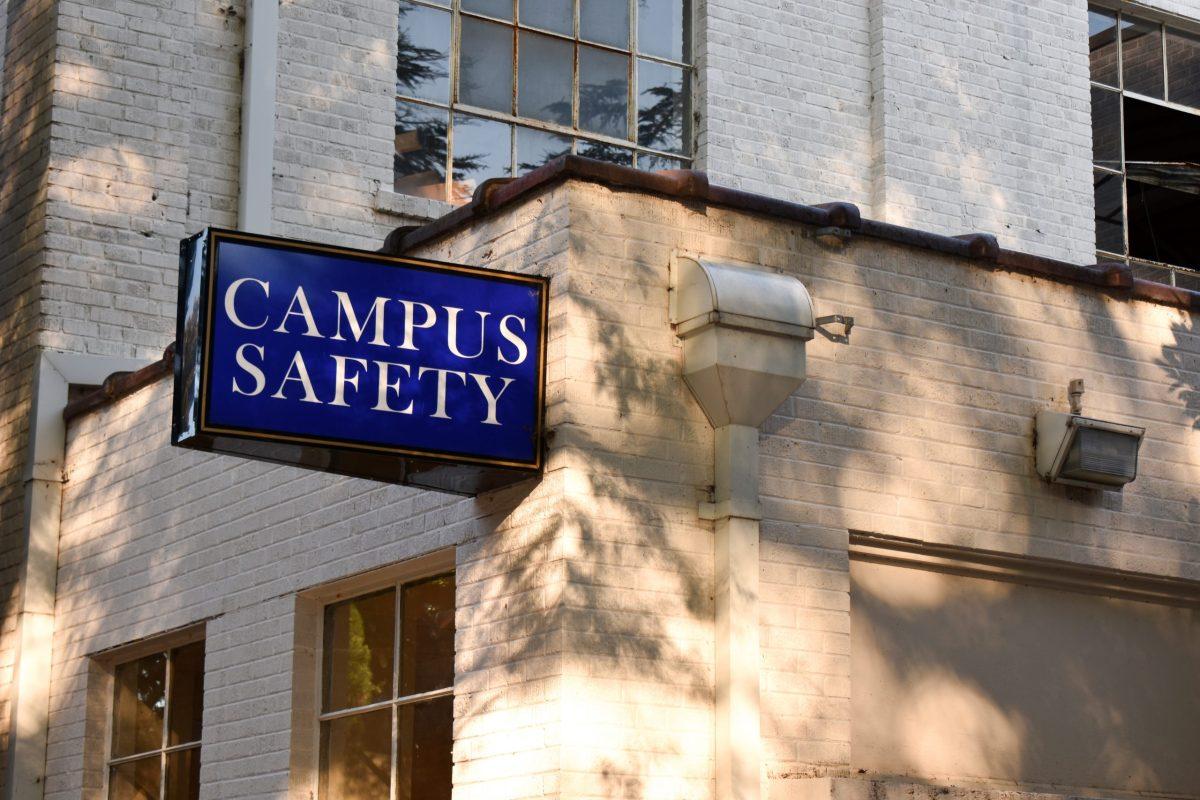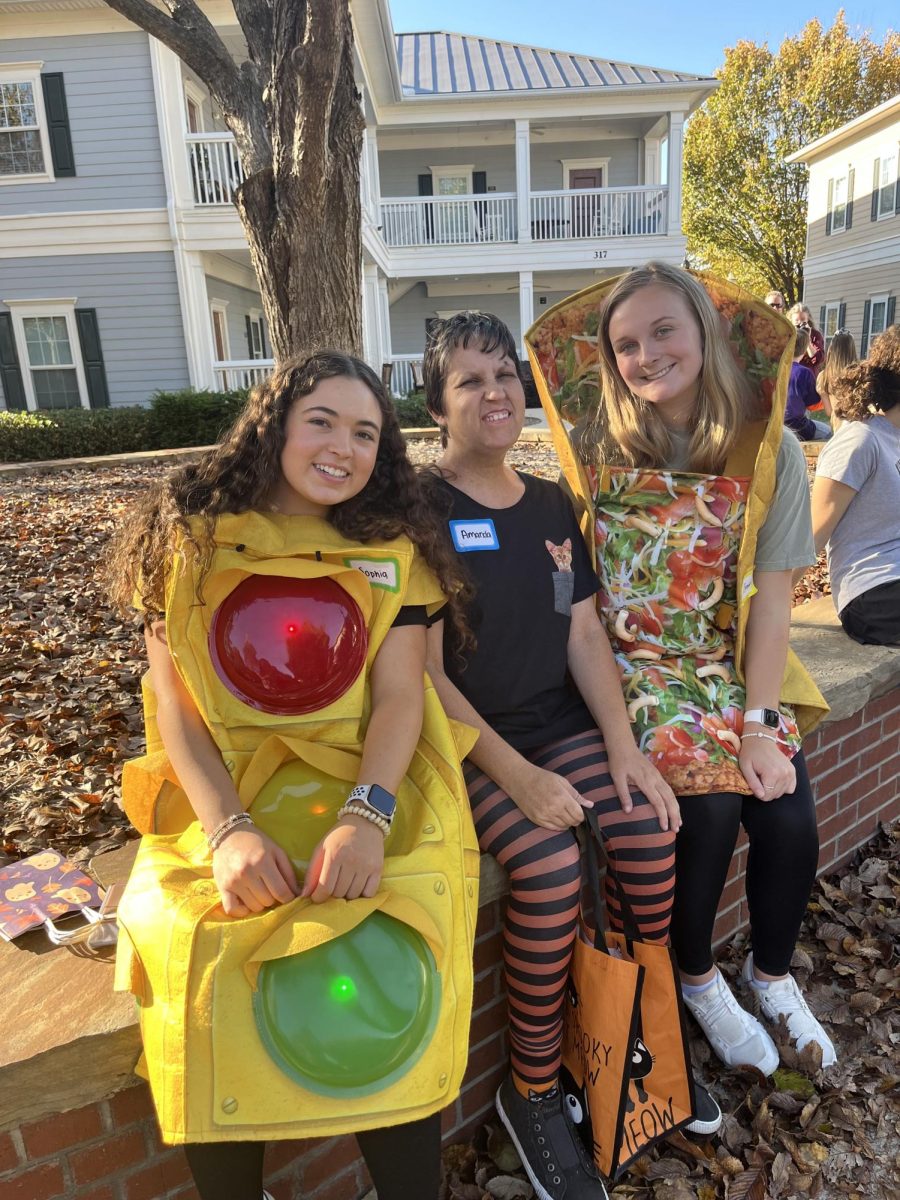Active shooter drill makes Wofford consider a dangerous possibility
At 1:16 p.m. on Wednesday Oct. 3, the sound of shots rang out on the third floor of Old Main. While they may not have been real, the active shooter drill was a reaction to the increasing occurrence of real active shooters across the nation.
Some students saw the need for the drill: “I was just like okay, so this is a thing we do now,” Chrystal Knight, freshman stated. “Unfortunately, we live in a time where shootings are becoming more and more commonplace.”
Others were concerned about the effectiveness of and purpose for the drill. “I’m not sure the benefits of having this outweighed the costs,” said senior Buddy Anderson. “I think it interrupted class time and I think there is potential for an actual perpetrator to use the active shooter drill as kind of a cover and in the confusion, they could cause harm. The only benefit I saw from this drill was in the form of law-enforcement having a practice facility to use so they could run through the procedure they would go through if something like that ever happened.”
Randy Hall, Director of Campus Safety, explained the reason for the drill. “It was community based,” Hall said, “everybody on campus was involved, plus you had the city police department, city fire department, county sheriff’s office, county coroner’s office, city fire chief, city fire marshal and 911 EMS.”
The drill itself was a cause of concern for some students. “I was really scared because during my senior year of high school, we had a couple of non-drill active shooters and it was kind of a source of stress for me,” Ally McDonough, freshman said. “I wish they had given us the precise time of the drill so that people with anxiety could be better prepared.”
Students did have some recommendations after the drill. “The first method of communication should always be through phone”, Dominique Lemon, senior, said. “That’s what a lot of people use nowadays. I think they did a good job of letting everyone know what was going on.”
Knight agreed saying, “I’d like to emphasize with campus safety that you should really have the text notifications because they came in easily five minutes before the emails.”
However, some communication errors did occur. “When I heard the first blank round fire, I tried to call campus safety and was unable to get through,” Anderson said. “I’m pretty sure that they were simulating phone lines being down or the signals being jammed because the server is being overloaded. If that was the intent, that’s good. If not, I think that’s a problem because I had no form of communication with anybody in the campus safety office.”
Hall stated that phone troubles are a part of actual shootings, so they wanted to incorporate them into the drill. “Part of the exercise was based on us tracking the intruder’s location based on the accuracy of the incoming calls,” he said. “we depended on people calling into us. Clogged phone lines is a very real problem that we anticipated having. I am concerned that it seemed like something was wrong with the system. It was just slower than normal with the situation. If everyone had held on the line, the calls would have been answered. This is an accurate test of the system and what makes this a great test.”
At the end of the day, some students said that the drill hasn’t changed how safe they feel on campus. “I mean I feel pretty neutral,” Lemon said. “I don’t feel any different because at the end of the day I feel like we can have all these plans and consider procedures of what we’re going to do, but nine times out of ten you never know how you’re going to react.”
In closing, Hall believes this exercise was helpful: “You know, I appreciate everybody’s cooperation,” he said. “I know it was tough on some people, but we got a big big bang for our buck here. We got an awful lot out of this.”
Written by Robert Brook

